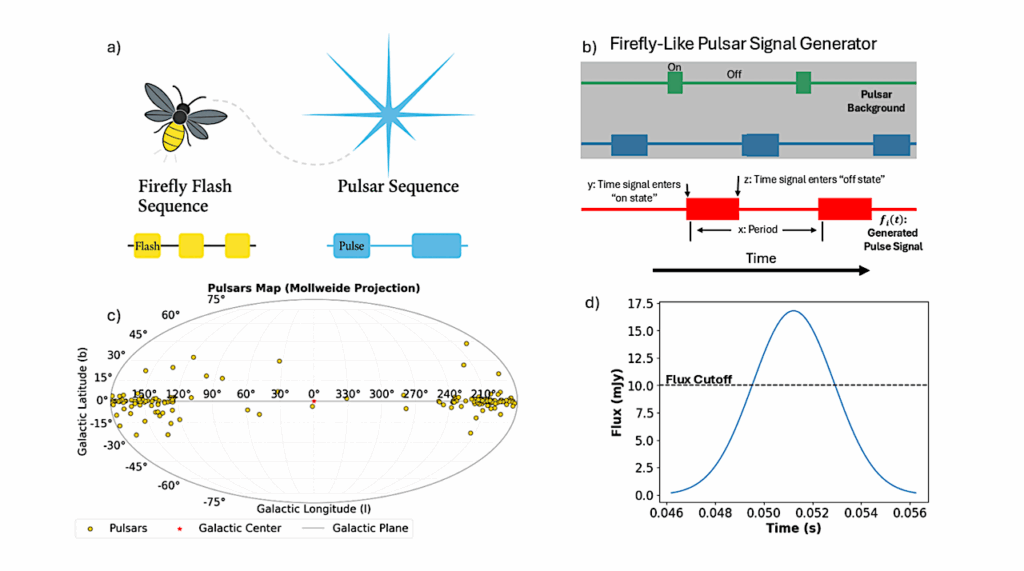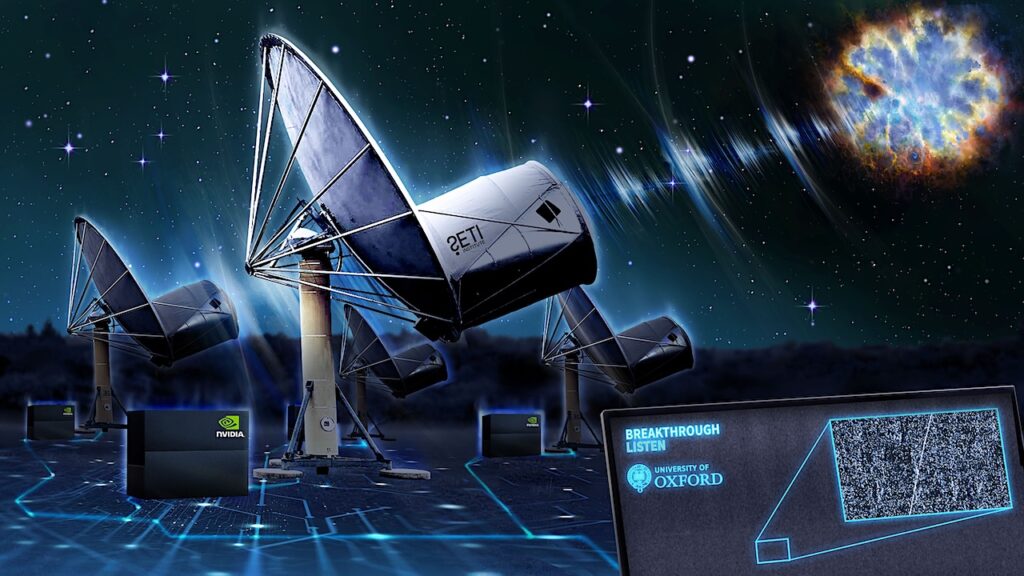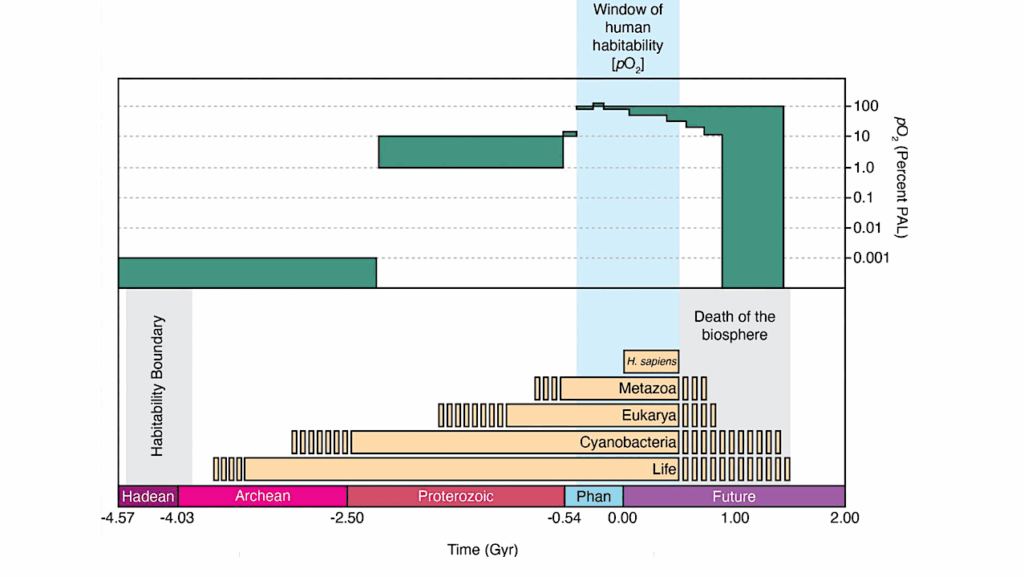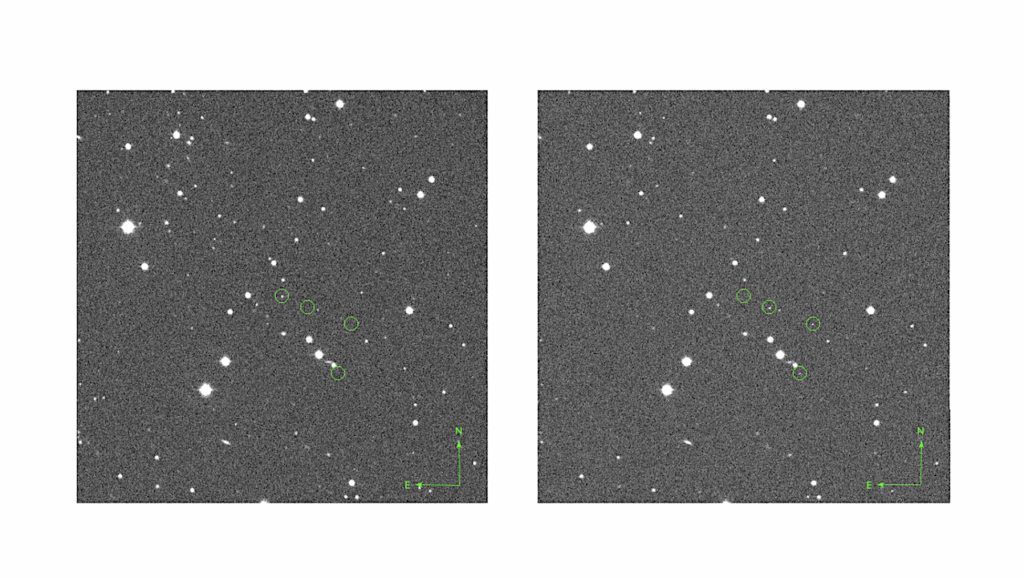Improved Analysis of Clarke Exobelt Detectability

We analyze the potential transit light curve effects due to a Clarke belt of satellites around an exoplanet.
Building on code and analysis from Korpela, Sallmen, & Leystra Greene (2015), we refine the transit analysis of Socas-Navarro (2018) by incorporating limb-darkening and taking an observer-centered approach to examining residuals. Wealso consider practical dynamical issues for exobelts, finding that synchronously orbiting belts are dynamically impossible around planets in the habitable zones of M stars, and determining the maximum quasi-stable belt size in these situations. Using simulations for both G and M stars, we conclude that to have an even marginally detectable impact on transit light curves, exobelts must be substantially denser than previous estimates.
We also estimate collision rates for the required satellite densities, finding they would present significant monitoring and guidance challenges. We conclude that detectable exobelts are likely to be rare, and have extremely low prospects for detection by transit monitoring from both current and upcoming missions
Shauna Sallmen, Eric J. Korpela, Kaisa Crawford-Taylor
(Submitted on 22 Sep 2019)
Comments: Submitted to The Astrophysical Journal. 16 pages including 5 figures
Subjects: Earth and Planetary Astrophysics (astro-ph.EP)
Cite as: arXiv:1909.10061 [astro-ph.EP] (or arXiv:1909.10061v1 [astro-ph.EP] for this version)
Submission history
From: Shauna Sallmen
[v1] Sun, 22 Sep 2019 18:23:52 UTC (2,708 KB)
https://arxiv.org/abs/1909.10061
Astrobiology








